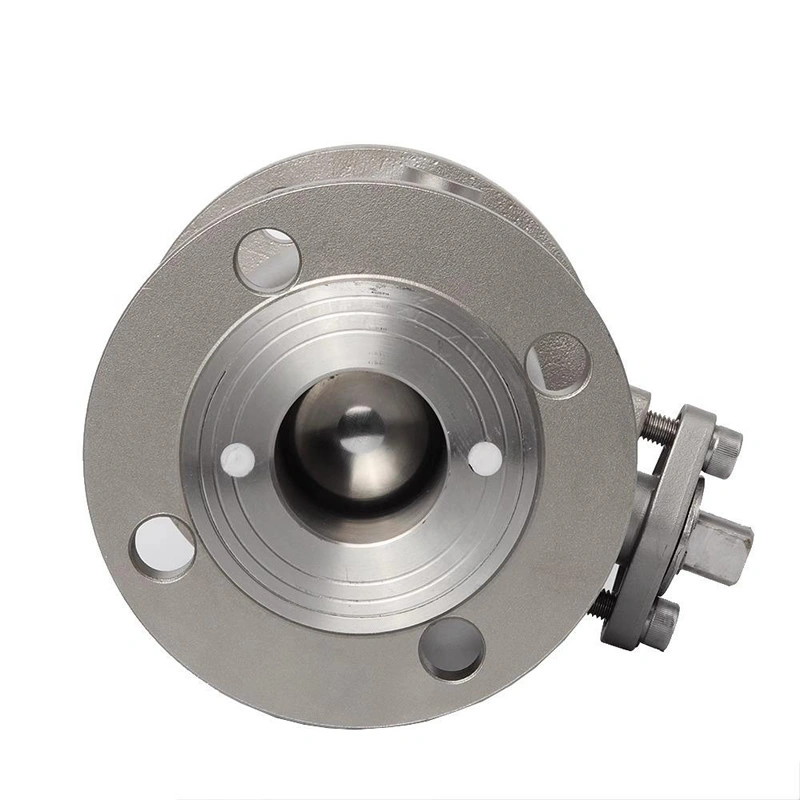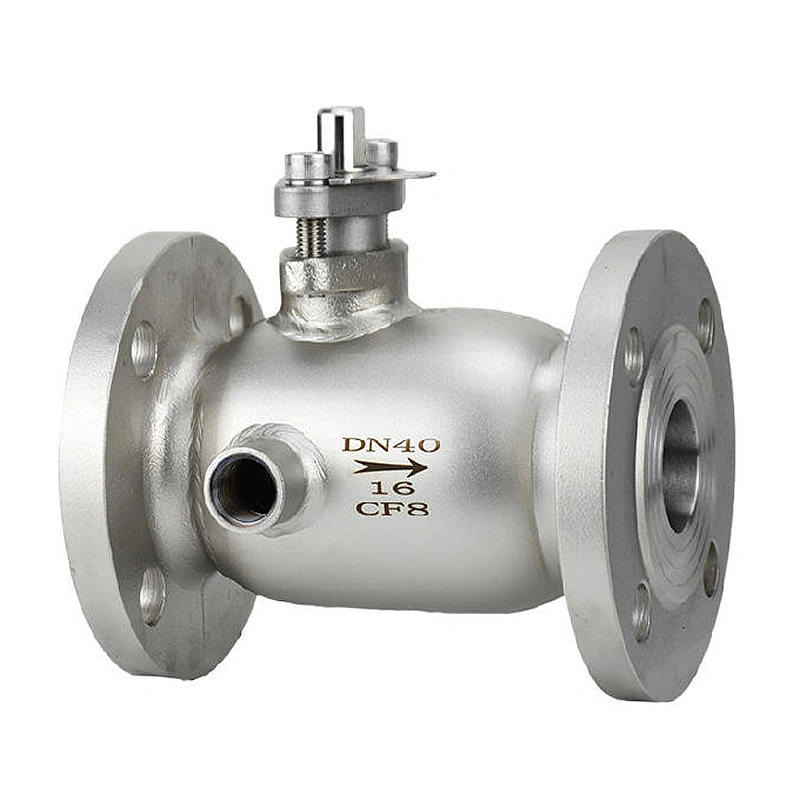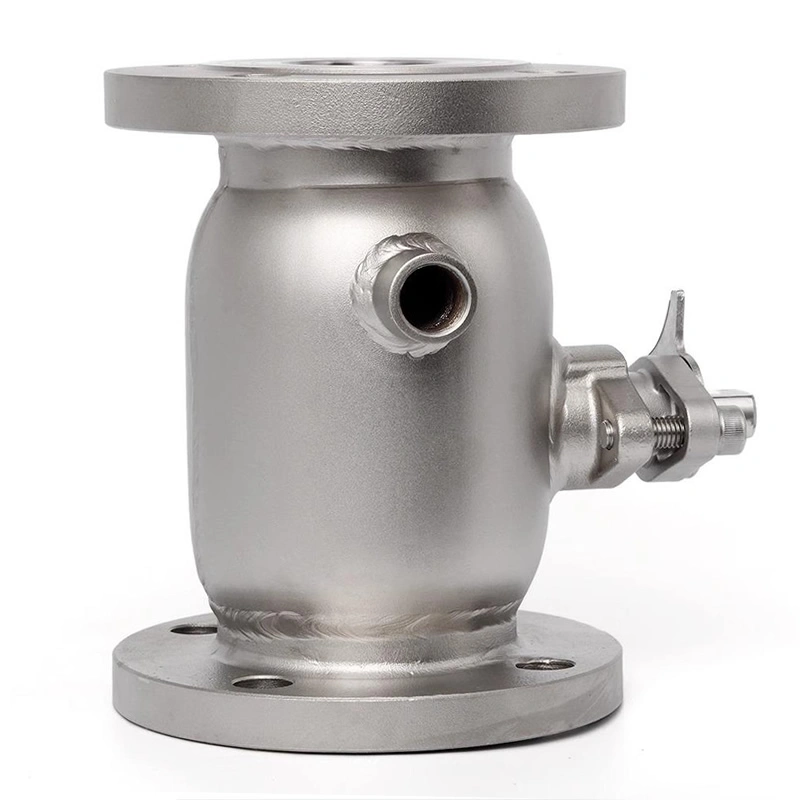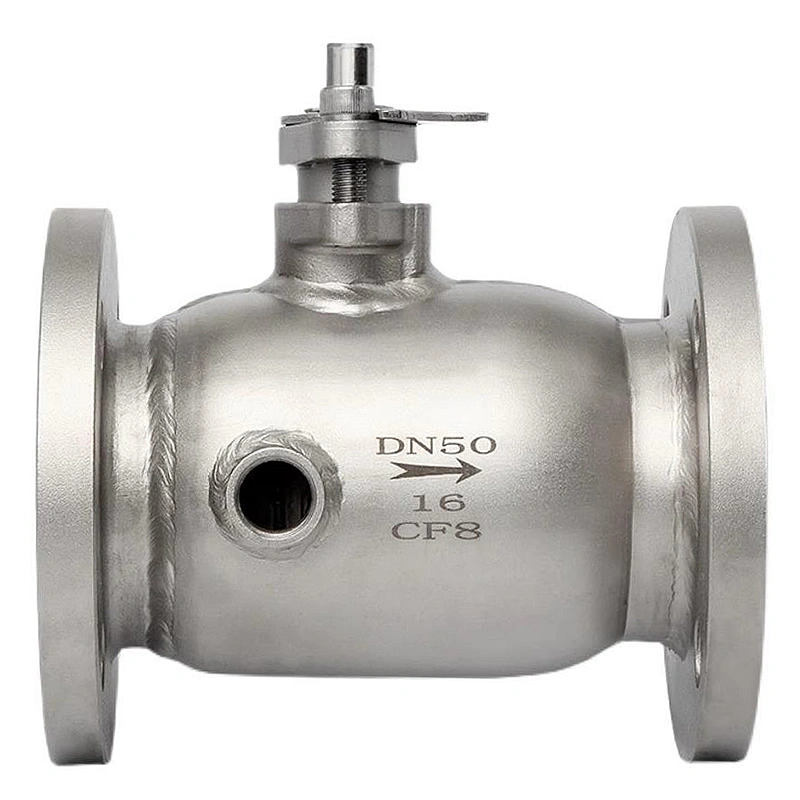- DN15 ~ DN600
- PN10 ~ PN100
- API 608, ASME B16.34, GB/T 12237
- WCB, CF8, CF8M
- RF flange (ASME B16.5)
- Floating ball, jacketed body
- 29℃ ~ 425℃
- API 598 Class VI (seat)
- 1.5×PN (shell), 1.1×PN (seat)
- ≤1MPa
- High-viscosity fluids, steam, hot water
Specification
Newway High-Quality Thermal Insulation Jacketed Ball Valve for High-Viscosity, High-Temperature Media Control
I. Product Overview
Newway thermal insulation jacketed ball valve is a specialized industrial valve engineered for precise flow control of high-viscosity, heat-sensitive, or easily solidified media. Featuring a full or half-jacketed body design, this valve maintains medium temperature by circulating steam, hot water, or other heat-transfer fluids through the jacket—preventing solidification, reducing viscosity, and ensuring uninterrupted flow. Constructed from robust materials (WCB, CF8, CF8M), it combines a floating ball structure with resilient sealing for bubble-tight shutoff, while flanged connections enable easy integration into pipelines. Ideal for industries such as petroleum, chemical, pharmaceutical, and food processing, this valve excels in applications where thermal stability and reliable sealing are critical—delivering consistent performance under demanding temperature and pressure conditions.
II. Key Attributes and Specification Parameters
Basic Attributes
Structure Design: Floating ball valve with integral thermal insulation jacket. The jacket surrounds the valve body, providing uniform heat distribution to maintain medium temperature. The floating ball design uses line pressure to enhance sealing contact with PTFE or metal seats, ensuring tight shutoff.
Body Material: WCB (carbon steel), CF8 (304 stainless steel), CF8M (316 stainless steel), or duplex steel. Material selection depends on media corrosivity and temperature—WCB for general applications, CF8/CF8M for chemical resistance, and duplex steel for high-pressure, corrosive environments.
Sealing System: Soft seal (PTFE, RTFE) or metal seal (Stellite, tungsten carbide). PTFE offers bubble-tight shutoff for clean media, while metal seals handle high temperatures (up to 425℃) and abrasive particles.
Pressure Rating: PN10 to PN100, Class 150 to Class 600, suitable for low to high-pressure systems including steam pipelines and chemical reactors.
Temperature Range: -29℃ to 425℃ for standard models; extended ranges available with specialized materials. The jacket accommodates heat-transfer fluids (steam, hot water) up to 1MPa pressure.
Nominal Diameter Range: DN15 to DN600, covering small to large pipeline sizes for diverse flow rate requirements.
Connection Type: Flanged (RF, RTJ) per ASME B16.5, GB/T 9113, or welded (BW) for high-pressure applications. Flanges are drilled to match pipeline bolt patterns, ensuring leak-free installation.
Operation Mode: Manual (handwheel, gear operator) or automated (pneumatic, electric actuator). Automated options include position feedback and control for integration into process systems.
Media Compatibility: Bitumen, asphalt, coal tar, pitch, high-viscosity oils, and other fluids that solidify at room temperature. Also suitable for steam, hot water, and mild chemicals.
Design Standards: Complies with API 608, ASME B16.34, GB/T 12224, and JB/T 13458, ensuring adherence to global quality and safety norms.
Product Overview
III. Product Features
Newway thermal insulation jacketed ball valve integrates advanced engineering with thermal management:
Efficient Thermal Insulation: The full-jacketed design ensures uniform heat distribution, maintaining medium temperature and preventing solidification. This is critical for high-viscosity media like bitumen, which require consistent heat to flow.
Low Flow Resistance: The ball’s bore matches the pipeline diameter (full port), minimizing pressure drop and energy loss. This design is essential for high-viscosity fluids, where even minor restrictions can cause flow issues.
Resilient Sealing: PTFE seals provide bubble-tight shutoff (API 598 Class VI), while metal seals handle high temperatures and abrasive media. The floating ball design uses line pressure to enhance sealing, ensuring reliability under varying pressures.
Corrosion Resistance: CF8/CF8M stainless steel and duplex steel options resist chemical attack, pitting, and crevice corrosion—ideal for coastal, marine, or aggressive chemical environments.
Versatile Jacketing: Jackets can be configured for steam, hot water, or cooling water, allowing precise temperature control. The jacket’s welded construction withstands heat-transfer fluid pressures up to 1MPa.
Easy Maintenance: Modular design allows seal replacement without removing the valve from the pipeline. The floating ball structure simplifies disassembly, reducing downtime.
Safety and Compliance: API 608 and ASME B16.34 compliance ensures suitability for critical applications, while fire-safe designs (API 607) are available for high-risk environments.
IV. Manufacturing Process
Newway adheres to strict manufacturing protocols to ensure quality and performance:
Material Selection and Testing: Raw materials (WCB, CF8, CF8M) undergo chemical composition analysis and mechanical testing (tensile strength, impact resistance) to meet ASTM/ASME standards. PTFE seals are tested for purity and thermal stability.
Precision Casting: Valve bodies and bonnets are produced via investment casting (lost wax process) to achieve dimensional accuracy (±0.05mm) and a smooth surface finish (Ra ≤1.6μm). This process eliminates internal defects like porosity.
Jacket Fabrication: Jackets are formed from seamless steel tubes, welded to the valve body with full penetration welds. Welds undergo ultrasonic testing to ensure integrity, critical for withstanding heat-transfer fluid pressure.
Ball valve and Seat Machining: Balls are precision-ground to a mirror finish (Ra ≤0.8μm) to ensure proper seating. Seats are machined to tight tolerances (±0.02mm) to match the ball’s contour, with PTFE seals bonded using high-temperature adhesive.
Assembly and Calibration: The floating ball is assembled with guided seats, ensuring vertical alignment. Actuators (manual or automated) are calibrated for smooth operation, with torque testing to prevent overloading.
Testing and Quality Control: Each valve undergoes:
Shell test: 1.5×nominal pressure (hydrostatic) to verify body integrity.
Seat test: 1.1×nominal pressure (gas/water) to confirm Class VI leakage rates.
Thermal cycle test: 100+ cycles of heating/cooling to validate jacket performance.




